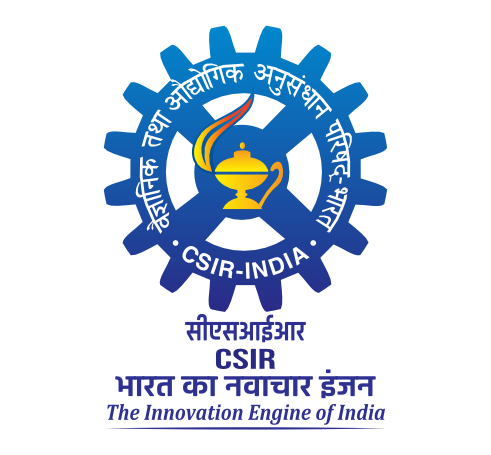Simultaneous solid phase fermentation and saccharification of cassava fibrous residues for production of ethanol.
Jaleel, S. A. and Srikanta, S. and Ghildyal, N. P. and Lonsane, B. K. (1988) Simultaneous solid phase fermentation and saccharification of cassava fibrous residues for production of ethanol. Starch, 40 (2). pp. 55-58.
|
PDF
starchstarke 40 (1988) Nr. 2, S. 55-58.pdf - Published Version Restricted to Registered users only Download (492kB) |
Abstract
A total of 16.5% reducing sugars in the saccharified pulp of cassava fibrous residue are achieved with the use of 30% slurry. The yield of ethanol was highest and the amount of residual reducing sugars was lowest with the use of 2.5% acid. The increase in dose of glucoamylase leads to improved yields of ethanol without any lowering in the residual reducing sugars. The ethanol yield and productivity were better and the residual reducing sugars were lower in solid phase fermentation as compared to the fermentation of liquid hydrolysate obtained by hydraulic pressing of the saccharified pulp. The slightly lower yield of ethanol in large batch static fermentation probably due to poor mass transfer and limited contact of yeast cells as well as enzyme with their substrates could be effectively overcome by employing appropriate strategies.
| Item Type: | Article |
|---|---|
| Uncontrolled Keywords: | saccharified pulp, cassava fibrous residue, ethanol production |
| Subjects: | 600 Technology > 05 Chemical engineering > 04 Fermentation Technology 600 Technology > 08 Food technology > 23 Vegetables > 01 Cassava-Tapioca |
| Divisions: | Fermentation Technology and Bioengineering |
| Depositing User: | Food Sci. & Technol. Information Services |
| Date Deposited: | 22 Feb 2018 11:01 |
| Last Modified: | 22 Feb 2018 11:01 |
| URI: | http://ir.cftri.res.in/id/eprint/5360 |
Actions (login required)
 |
View Item |

